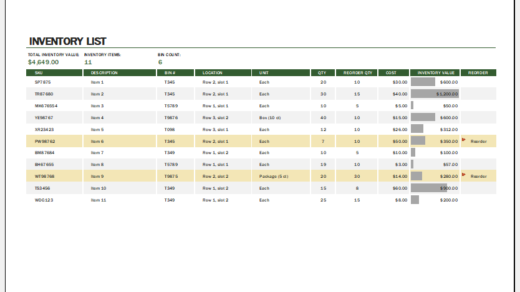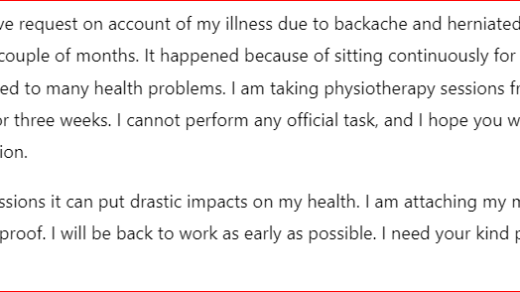Motor activity is the movement of the body with the help of muscles. Muscles play a vital role in the accomplishment of motor activity assisted by joints.
Types of motor skills
There are two types of motor skills. Gross motor skills and fine motor skills or movements.
In gross motor movements, muscles are responsible for bringing about the gross movements of the body, for example, walking, running, throwing, etc. In fine motor movements, very fine movements of hands and feet and their fingers and toes take place. Examples of fine motor movements are holding a pen and writing, embroidery, blinking an eye, playing piano, cutting with a knife, and painting.

Stages of motor skill learning
The human brain is very capable of learning new skills. Human beings are blessed with the most advanced mind and body and the ability to coordinate both at the best of their levels. That is the reason, human beings can learn any skill quicker than other animals with even higher brain function. Humans learn any skill starting with a cognitive phase, which reaches the autonomous phase by passing through the associative phase.
In the cognitive phase, which is the initial phase of learning, observation and thought processes take place. It can be conscious or subconscious, but it happens anyway. The human brain processes different ways to do a certain task in the cognitive phase of motor learning.
The associative phase is known for decision-making, which means the brain now knows which of the pathways is the more efficient way to do that task. Now, the mind knows what has to be done. By the time this phase is reached, the motor activity has already come to a very improved and better level.
In the autonomous phase, motor skills are learned well, and there is no need for a conscious thought process.
Motor activity logs for upper extremities.
The upper limb or arm is as efficient in exhibiting motor skills as the lower limb. Fine motor movements of the upper limb are especially more developed than those of the lower extremity. A log is used for the motor activity of the upper limb, in which the patient is assessed to see if he can perform all or most of the activities of the upper limb. It is specially maintained if surgery of the upper extremity, breast, or axilla is done.
- The upper extremity motor activity log begins with the identity of the patient and is never missed because this is a serious mistake. The patient’s name, age, and type of surgery performed are important to mention. The name of the surgeon is also mentioned.
- Some major gross and fine motor functions are assessed, and comments are written by the physiotherapist or examining doctor.
- The main focus is on the fine motor skills of the patient. For example, he is asked to button his shirt, turn on or switch off the lights, open a drawer, put on shoes, brush his teeth, wash his hands, write his name on a piece of paper, and use a fork.
- His motor skills are graded, and the doctor writes his comments in the end.

- Letters for being Unfit to Travel
- Mental Health Evaluation Forms
- Forms Used by Pediatricians
- Various Forms Related to Pregnancy Verification
- Common Forms Used by ENT Specialists
- Patient Registration Confirmation Messages
- Quotation Letter for Medical Services
- Mental Health Letter by Doctor
- Excuse Letter for Absence due to Medical Checkup
- Response Letter to Feedback on Improvement in Hospital
- Letter to a Mother Who Miscarried
- Patient Feedback Letter Complaining on Issues or Incidents
- Letter to Family about Miscarriage
- Patient Constructive Feedback Letter for Quality Care Improvement
- Registered Nurse Designation Letter


